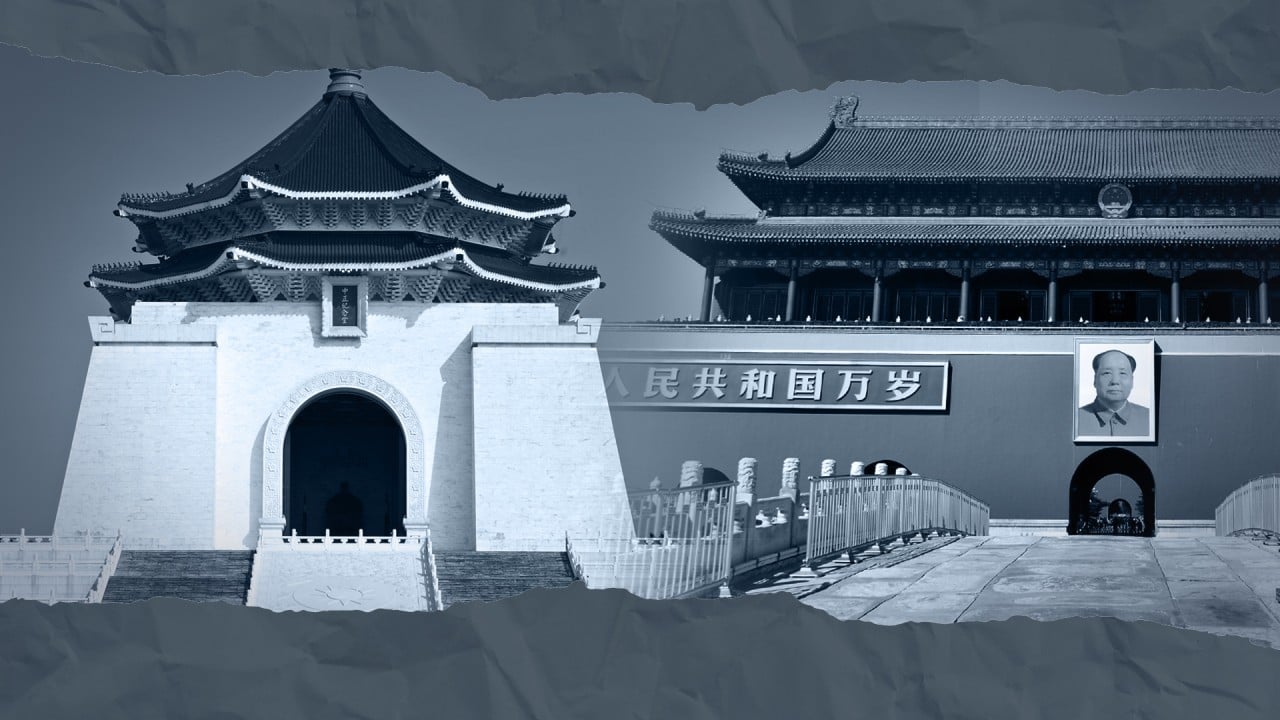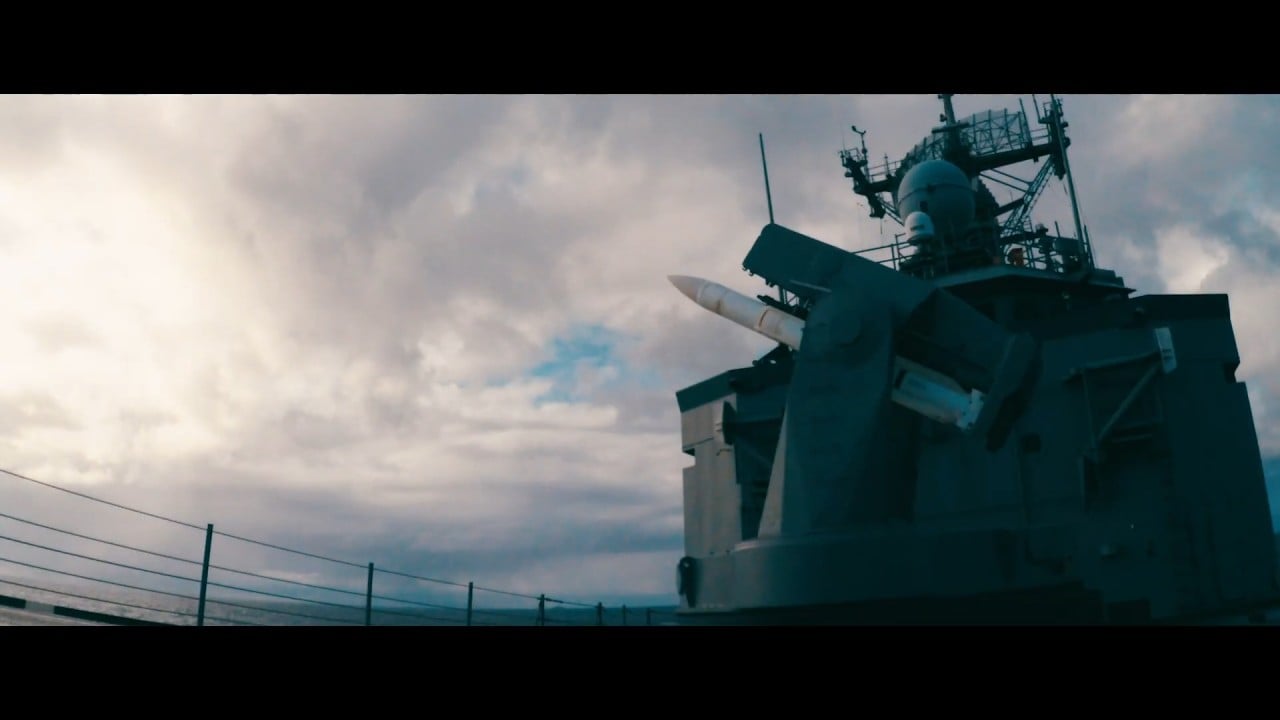
Taiwan set for live-fire drill in ‘potential flashpoint’ Pratas Islands
- Marines and coastguard to take part in first of two drills as part of annual training
- Japanese media reported in May that mainland Chinese military planned a large-scale training exercise simulating invasion of the islets
According to Taiwan’s Coast Guard Administration, which 20 years ago took over the Taiwanese military’s role of safeguarding the islands, the exercise is part of its annual training programme there, and will consist of two live-fire drills, one on Sunday and the other seven days later.

10:22
Why has the relationship between the Chinese mainland and Taiwan taken a turn for the worse?
In May, Japan’s Kyodo News reported that the PLA was planning to conduct a large-scale training exercise on the southern Chinese island of Hainan in August that would include simulating taking the Pratas islets.
Yoshiyuki Ogasawara, a professor at Tokyo University of Foreign Studies, this month told online magazine The Diplomat he thought it was unlikely that the PLA would attack Taiwan but that one of Beijing’s other options was to pressure or capture the Pratas Islands.
“In capturing the Pratas Islands, China could kill several birds with one stone,” he said. “For instance, success could serve to consolidate [Chinese President] Xi’s grip on the Chinese Communist Party. As such, the [Pratas] is a potential flashpoint that now needs to come to the attention of the US, Japan and other democratic countries.”
Ogasawara said attacking Taiwan proper would surely prompt an outcry from the United States, Japan and other countries, but targeting the Pratas Islands may be different.
South China Sea: the dispute that could start a military conflict
Since August, Taiwan’s military has stationed a company of marines to reinforce the garrison at the outpost after reports of the PLA’s exercise. It has also sent weapons including anti-aircraft and anti-sea missiles, along with cannon and other artillery for deployment on the islets.
It is not known whether the PLA has actually staged any drills simulating a beach landing in the Pratas, but since mid-August it has staged several war games in the Yellow Sea, South China Sea, East China Sea and Bohai Gulf to step up its military intimidation, aimed at Taiwan and its security partner, the United States.
The PLA has also flown warplanes into Taiwan’s southwest air defence identification zone, en route to the Bashi Channel and the South China Sea for air combat training and reconnaissance operations, fuelling speculation of a possible surprise attack on the Taiwanese outpost.

01:22
Taiwan posts video of troops ‘fending off attack from mainland’ amid worsening cross-strait tensions
Alexander Huang Chieh-cheng, a professor of international relations and strategic studies at Tamkang University in Taipei, said the Pratas were important for both Taiwan and the mainland.
“The Pratas is the northernmost islet of the vast South China Sea, strategically located between the Taiwan Strait, the Bashi Channel and the South China Sea,” he said. “It is the gateway to the South China Sea for the US forces and to the Philippine Sea for the PLA.”
Controlled by Taiwan since the 1950s, the Pratas are passed by oil tankers serving East Asian countries, and are a checkpoint for mainland Chinese vessels en route to or from the Pacific Ocean.
“Unlike Taiping Island [in the Spratly archipelago, also controlled by Taiwan], the Pratas are disputed by Taiwan and mainland China without involving other claimants in the South China Sea, which is to say that a war between Taiwan and China over the Pratas may not trigger a military response by neighbouring Vietnam and the Philippines,” Huang said.
He said the threat of a PLA attempt to take the islets had always been there and that the limited firepower of the coastguard and marine company left the Taiwanese side vulnerable, with potential political consequences domestically.
“No president or politician could be forgiven by the public for losing sovereign territory, and would be under tremendous pressure … to try to get it back from the mainland,” he said.

